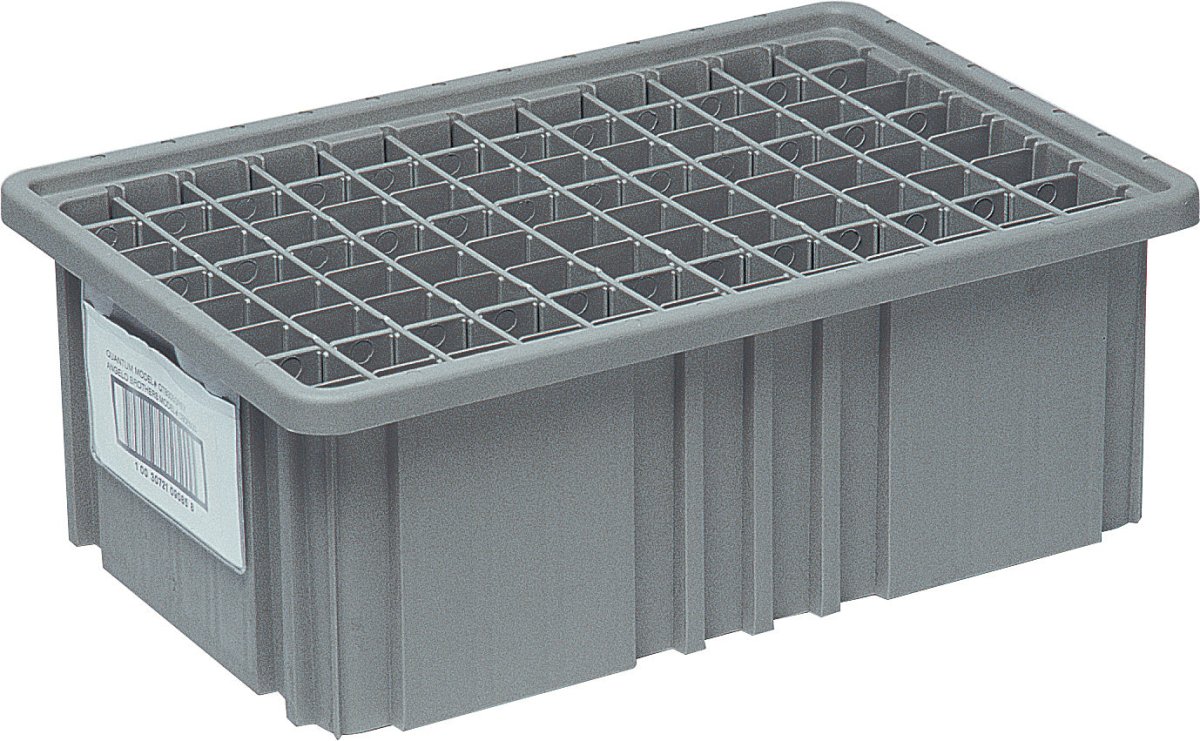Pre-Production Setup
In the context of manufacturing, fabrication refers to the process of constructing products or components by assembling, cutting, shaping, and joining materials such as metals, plastics, or composites. This can involve various techniques such as welding, machining, forming, and cutting. Fabrication is a crucial step in manufacturing that transforms raw materials into finished goods or parts that can be used in larger assemblies or as end products. This process is widely used across industries, including automotive, aerospace, construction, and electronics.
The preparation and organization of parts, supplies, and components during the fabrication process is critical for quality control in manufacturing. Proper organization ensures that necessary materials are easily available which helps ensure a continuous workflow and on-time deadlines. Segregating and serializing parts and components is critical to ensure traceability and accountability throughout the manufacturing process. Keeping components segregated by batch or lot numbers allows a defect to be traced back to a specific batch of components, allowing for quicker resolution of defects and facilitating effective recalls if necessary.
Based on our experiences working with clients in the manufacturing industry, the most effective solution for segregating small to medium sized parts and components are plastic dividable grid containers. These unique storage containers use length and width dividers to create cells, slots or compartments inside of each container. (see image below).
The amount of compartments you create is customizable and can be modified by adding or removing dividers. The dividable grid containers are available in a variety of sizes, with the largest allowing you to create up to 192 cells per container (click here to see how many cells each dividable grid container can create).
As you transition the components from inventory/quality control to the staging and production floor, dividable grid containers ensure all of the parts remain properly segregated and ready for use.
Production Phase
During the production phase, components are moved from the staging area to the production line. This is aligned with the production schedule to ensure that parts are available exactly when needed. This process is tightly controlled and inspected to make sure the proper parts arrive at the proper time, matching the pace of assembly without causing delays or excess inventory at the stations. Workers (human or automated) use these parts to assemble the final products. The precise organization and segregation of components help ensure that the assembly process is smooth, with minimal interruptions for defects, sorting or reorganization.
As production continues, components are constantly being moved from staging to production allowing for any discrepancies or shortages to be addressed quickly.
This streamlined transition from pre-production to production is critical for maintaining operational efficiency, minimizing waste, and ensuring that the production line operates at optimal capacity with high-quality output.
Read our other blog posts that discuss containers for manufacturing and automation processes:
- Automation Totes: Optimizing Material Handling in Automated Applications
- PCB Storage & Handling in Electronics Manufacturing
- Material Handling: What it is & Why it Matters
- Importance of ESD Safe Bins in Electronics Manufacturing
- Manufacturing and Assembly: Importance of Plastic Parts Bins
- EMS Storage & Handling

